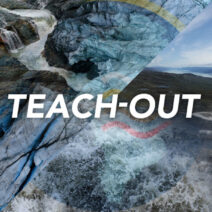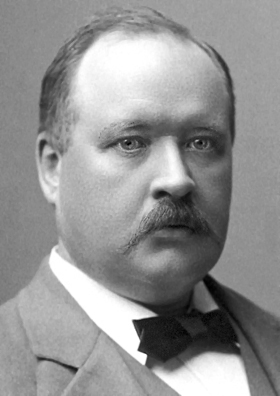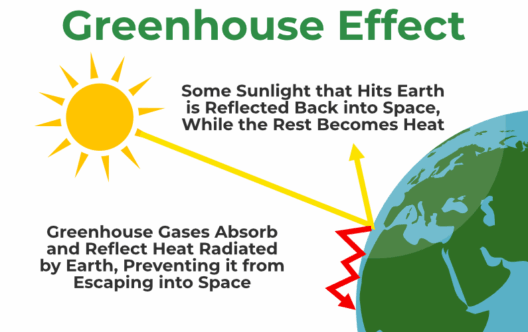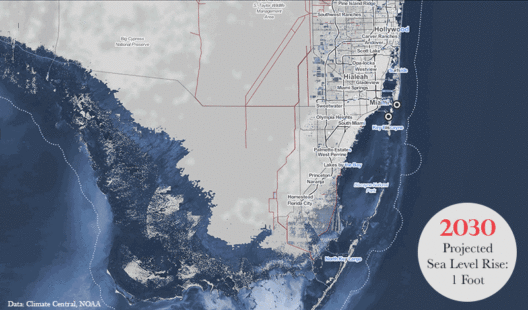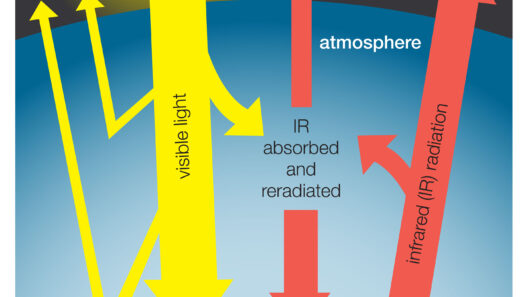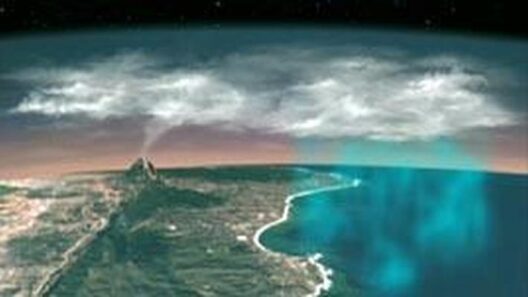When Was the Greenhouse Effect Discovered? A Historical Look at the Discovery of the Greenhouse Effect
The greenhouse effect is a natural phenomenon essential for sustaining life on Earth. Understanding its history unveils the contributions of numerous scientists and how their inquiries into atmospheric science paved the way for our modern comprehension of climate change. This exploration takes us through fascinating epochs of scientific discovery, beginning in the 19th century with Svante Arrhenius, and leading us to a much broader understanding of atmospheric processes.
Unveiling the Mysteries: The Early Theories of Heat Retention
The roots of the greenhouse effect can be traced back to the early observations regarding how the Earth’s surface reacts to solar radiation. In the 1820s, French scientist Joseph Fourier initiated inquiries into the Earth’s energy balance. He proposed that the atmosphere retains heat, subsequently leading to a warmer planet than would be expected based solely on solar irradiance levels. Fourier declared that this atmospheric “insulation” was a pivotal factor contributing to the climate, although he lacked the technological tools to observe this phenomenon directly.
In the ensuing decades, the scientific community developed theories that supported Fourier’s claims. One of the key proponents was John Tyndall, a British physicist who, in 1859, meticulously examined different gases and their ability to absorb radiant heat. Tyndall’s experiments demonstrated that certain gases, notably water vapor and carbon dioxide, significantly contributed to the Earth’s thermal equilibrium by trapping heat. This crucial point set the foundation for later discoveries and underscored the role of greenhouse gases in climate dynamics.
Key Contributions: Svante Arrhenius and the Formalization of the Greenhouse Effect
Moving into the late 19th century, Svante Arrhenius, a Swedish chemist, emerged as a pivotal figure in the understanding of the greenhouse effect. In 1896, Arrhenius published a groundbreaking paper titled “On the Influence of Carbonic Acid in the Air Upon the Temperature of the Ground.” His research was a synthesis of Fourier’s concepts and Tyndall’s findings, concretely linking the presence of carbon dioxide and other gases to the Earth’s temperature.
Arrhenius meticulously calculated how variations in atmospheric carbon dioxide levels could impact global temperatures. He theorized that a doubling of carbon dioxide would increase the Earth’s surface temperature by around 5–6 degrees Celsius, a perspective that foreshadowed modern climate models. This insight illuminated the delicate balance between carbon dioxide levels and temperature, thereby accentuating the importance of controlling emissions in the context of climate sustainability. His work marked a significant historical milestone, as it was among the first to scientifically assess how human activities, specifically fossil fuel combustion, could lead to climate change.
Bridging Science and Society: The Impact of Early 20th Century Research
The early 20th century witnessed an increase in scientific engagement with climate phenomena and the greenhouse effect. Scientists such as Guy Stewart Callendar furthered Arrhenius’s theories, demonstrating that post-World War II carbon dioxide levels had risen significantly, primarily due to industrialization. Callendar emphasized that this elevation could have dire implications for global temperatures, predicting warmer climates as a result of accumulation of greenhouse gases.
During this period, climate science began to transition from theoretical realms into the practical domain of policy and societal discourse. The concept of anthropogenic climate change gained traction, even though public and legislative awareness was still in its infancy.
Catalysts of Change: Mid-20th Century Developments in Climate Awareness
The mid-20th century was a watershed moment for climate science, propelled by advancements in meteorological technology and an array of environmental challenges arising from rapid industrial expansion. Notable conferences and research initiatives, such as the establishment of the National Aeronautics and Space Administration (NASA) and the International Geophysical Year (1957-1958), catalyzed an ever-deepening focus on global climate patterns and the implications of the greenhouse effect.
This period also saw the emergence of new terminology like “global warming” and “climate change,” both of which were used to characterize the escalating threats posed by human activities. Scientists began to recognize the intricate interdependencies among greenhouse gases, weather patterns, and ecological health, fostering a more holistic understanding of climate dynamics. As a result, various international accords began to form, aimed at mitigating the effects of climate change through concerted global actions.
The Modern Era: A Continued Challenge for Science and Society
Entering the 21st century, the greenhouse effect has become a cornerstone of climate science. The accumulation of research studies, climate models, and data analytics now inform our understanding of how the Earth’s climate is evolving under the pressure of human activities. In the wake of global warming and extreme weather events, the urgency to address carbon emissions and other greenhouse gases has intensified.
The historical journey of the greenhouse effect underscores a significant arc of scientific inquiry that has informed our understanding of global warming. Each scientist contributed a vital piece to this complex puzzle, helping society realize the dire consequences of inaction against climate change. Their legacy articulates a clarion call to preserve our environment and adapt our practices for a sustainable future.
As we look ahead, the challenge lies not only in furthering scientific knowledge but also in bridging that understanding into actionable policies that mitigate climate risks. Recognizing the historical importance of the greenhouse effect provides a poignant reminder that our quest for sustainability is one grounded in a rich legacy of inquiry, making the pursuit of ecological balance an imperative for future generations.

